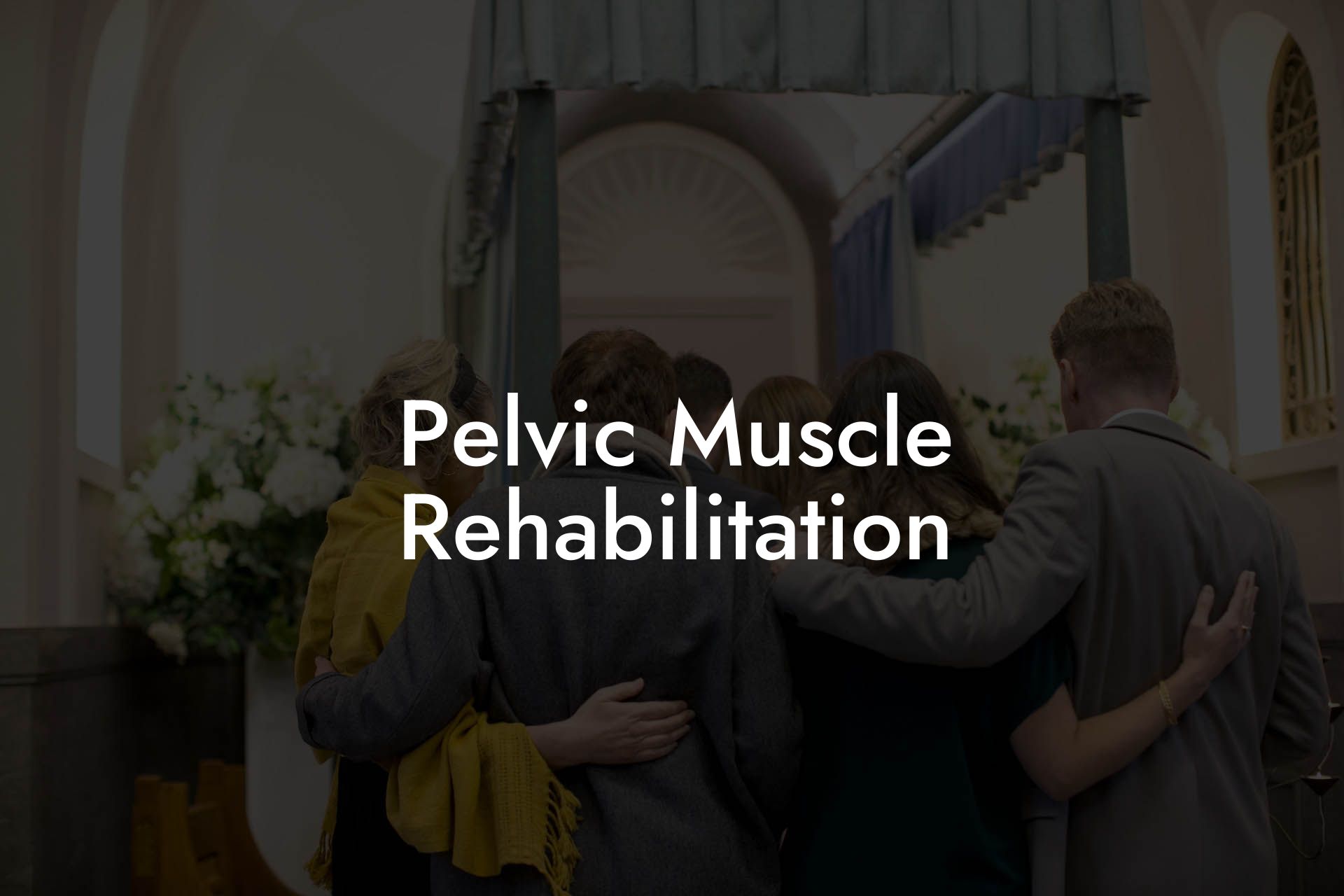The pelvic floor consists of a complex network of muscles and tissues that provide essential support for your pelvic organs and contribute to the healthy functioning of your bladder, bowels, and sexual health. Like any other muscle group, the pelvic muscles can become weakened, overstretched, or imbalanced, leading to a host of issues that affect your overall health and wellbeing. If you have ever experienced urinary incontinence, painful intercourse, or lower back pain, chances are it's time for pelvic muscle rehabilitation. In this comprehensive guide, we will discuss the importance of pelvic floor muscles, signs you may need rehabilitation, and the various techniques and treatment options available to help you restore strength and balance to this vital muscle group.
Pelvic Muscle Rehabilitation Table of Contents
The Importance of Pelvic Floor Muscles
Signs You May Need Pelvic Muscle Rehabilitation
Transform Your Pelvic Floor in Just 4 Weeks: The Pelvic Floor Bible
Pelvic Muscle Rehabilitation Techniques
Transform Your Pelvic Floor in Just 4 Weeks: The Pelvic Floor Bible
The Importance of Pelvic Floor Muscles
Strong and healthy pelvic floor muscles provide support for the pelvic organs, help control bladder and bowel function, and play a crucial role in sexual function. Additionally, they work as part of the core musculature to provide stability to the lower back and hips. Weak or damaged pelvic muscles can lead to a variety of issues, such as:
- Urinary incontinence
- Fecal incontinence
- Pelvic organ prolapse
- Painful intercourse
- Lower back pain
- Hip pain
Signs You May Need Pelvic Muscle Rehabilitation
It's essential to listen to your body and identify when you may need pelvic muscle rehabilitation. Some common signs that may indicate a need for pelvic floor therapy include:
- Inability to control urine or bowel movements
- Frequent urinary tract infections (UTIs)
- Painful intercourse or pain during orgasm
- Lower back or pelvic pain
- Difficulty starting or maintaining a urine stream
- A feeling of heaviness or fullness in the pelvic area
If you're experiencing any of these symptoms, it's crucial to consult with a healthcare professional such as a physical therapist, gynecologist, or urologist to determine the appropriate course of action.
Pelvic Muscle Rehabilitation Techniques
There are various techniques that can be employed to rehabilitate and strengthen pelvic floor muscles. These techniques can be tailored to your specific needs, and a trained healthcare professional can guide you through each one. Some common pelvic muscle rehabilitation techniques include:
kegel exercises: These exercises target the pelvic floor muscles by contracting and relaxing them in a controlled manner.
Biofeedback: A healthcare professional uses sensors attached to the skin to monitor and provide feedback on pelvic floor muscle activity, helping you learn how to control and contract the muscles more effectively.
Pelvic floor muscle training: Incorporating pelvic floor exercises into your daily routine, including activities such as yoga, Pilates, and core-strengthening exercises.
Electrical stimulation: A small electric current is applied to the pelvic floor muscles to stimulate contractions and increase muscle strength.
Manual therapy: A physical therapist uses hands-on techniques to release muscle tension, mobilize joints, and realign the pelvic floor muscles.
Pelvic muscle rehabilitation is crucial to restoring and maintaining the strength and functionality of the pelvic floor muscles. Regularly practicing pelvic floor exercises and working with a qualified healthcare professional can help you address your pelvic floor concerns and lead to improved health and quality of life. If this guide has been helpful to you, please share it with others and explore more resources on our Pelvic Floor Therapy blog.













